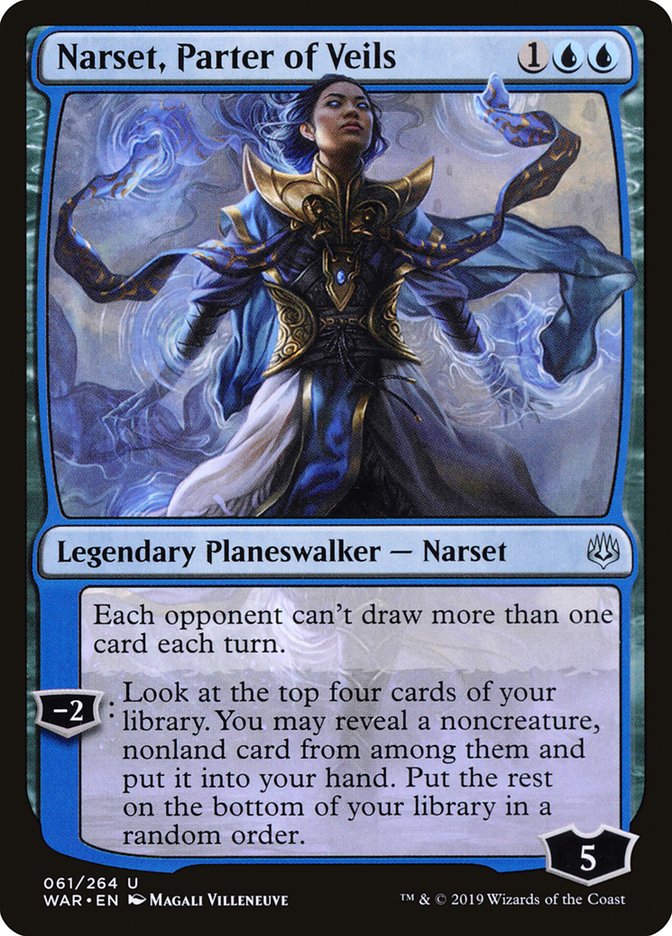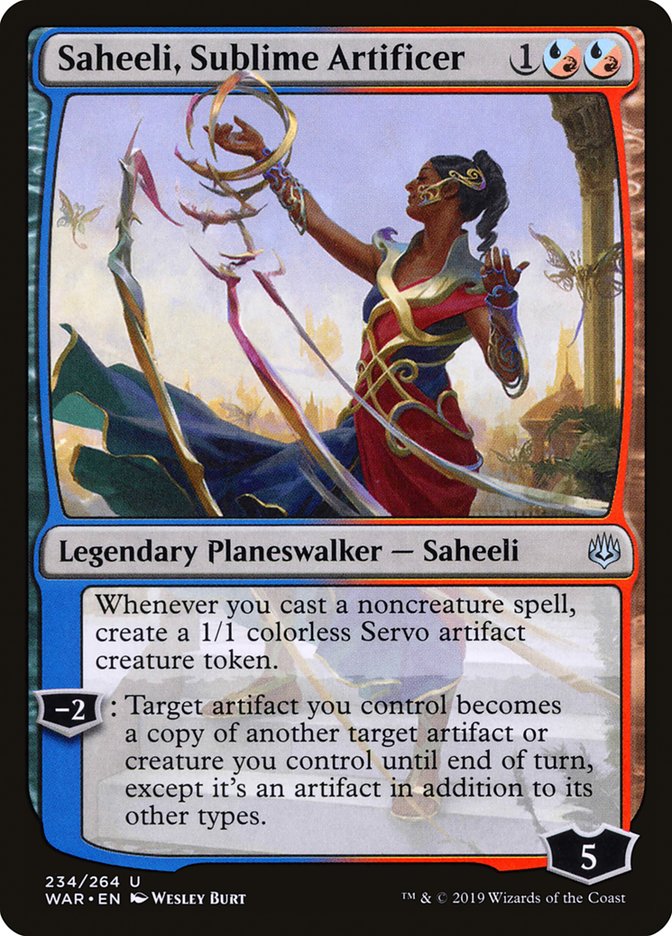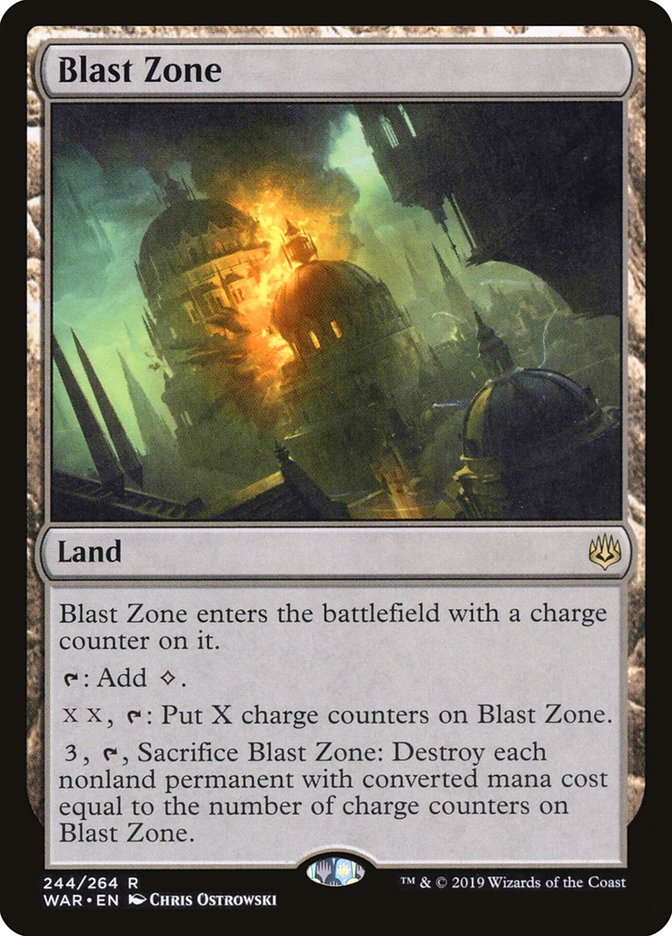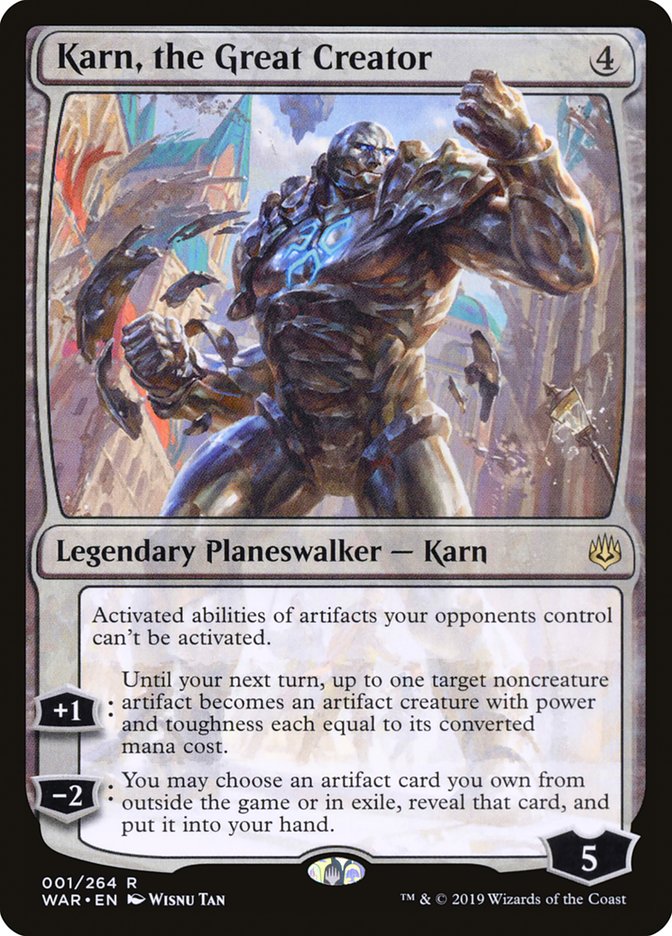I’ve just returned from the penultimate event of Season One of the 2019 SCG Tour, SCG Louisville. With only one event left, the race for the Players’ Championship is incredibly tight. Players are no doubt scouring the results of SCG Louisville, looking for any edge they can get headed into the two-format meat grinder that is the Season One Invitational.
For those players, I’ve got good news and bad news. The good news: I’m happy to share all the insight that comes from having a bird’s-eye view of all eighteen rounds of an Open. The bad news: I’ll be using some of that insight to play spoiler at the Invitational as I finally will have the chance to compete on the SCG Tour again. While I’ve got a ton of ring rust to shake off (most of my play is on Arena these days), I’m looking forward to participating once more in one of my all-time favorite Magic events.
So where’s my head at heading in to these next two weeks of testing? The top stories from SCG Louisville will tell you.
5. Dilks Can’t Lose… Until the Top 8
There have been four Modern Opens in Season One of the SCG Tour. Here are Matthew Dilks’s finishes.
- SCG Worcester: Did Not Play
- SCG Philadelphia: 4th
- SCG Cleveland: 3rd
- SCG Louisville: 5th
This is a preposterous level of dominance from an individual player, and of course, it’s all been achieved playing the same archetype.
Creatures (16)
- 4 Azusa, Lost but Seeking
- 2 Trinket Mage
- 4 Sakura-Tribe Scout
- 4 Primeval Titan
- 1 Walking Ballista
- 1 Arboreal Grazer
Lands (28)
Spells (16)

Dilks went against the masses this weekend, leaving Karn, the Great Creator on the sidelines of his Amulet Titan deck. While I was (and to some extent still am) hyped on Karn, Dilks’s decision to stick to a tried and tested build makes sense in the context of the SCG Tour metagame. With most top players gravitating towards Izzet Phoenix, and Humans being the most-represented Day 2 archetype, Karn didn’t really have all that many matchups to shine in come Day 2. Meanwhile, Dilks got to leverage Trinket Mage and Hive Mind – powerful cards against Humans and Izzet Phoenix, respectively. He also returned to Firespout in the sideboard, a card that has truly been missed against creature-based strategies.
For all his dominance in the Swiss rounds, it seems like Dilks is weathering some kind of curse once he moves on to the elimination rounds. His draw versus Drake Sasser in his quarterfinals match was the stuff of Amulet Titan nightmares, with three Amulet of Vigors and natural draws of his Slayers’ Stronghold, Boros Garrison, and Vesuva – to say nothing of Sasser’s double Alpine Moon draw. Despite this, Dilks almost found a way to pull out the game. In the end, though, he was again sent home without a trophy.
It would be a fitting cap to the season to see Dilks finally break through and grab an individual win come the Invitational, but to do so, he’s going to have to find a deck that works for him in Standard. You can be sure he’s got Modern figured out.
4. Three Is the New Four
Four mana has historically been the point where planeswalkers start to become the dominant card type. Their progressive advantage tends to redefine the turns of the game, and even in a format as explosive as Modern, the best of the four-mana planeswalkers were able to carve out a small niche for themselves. Then Teferi, Hero of Dominaria showed up on the scene, and we learned just how big the difference was between four mana and a virtual three. And now we’ve got a squad of actual three-mana planeswalkers, and things can never be the same.
These cards are proving to be every bit as impactful in Modern as they have been in Standard, and their widespread adoption has myriad ripple effects. First and foremost, another three should return to the forefront of the mind of every Modern deckbuilder – three damage.
Creatures (3)
Planeswalkers (7)
Lands (25)
Spells (25)

While Zach Allen didn’t set the world on fire at this Open, the control master’s decision to abandon Esper cards despite coming off a dominant few months with the archetype (in both Modern and Standard) should speak volumes. The damage of Lightning Bolt and Lightning Helix, especially in conjunction with Snapcaster Mage, is perfectly suited for clearing opposing Narsets and Teferis from the other side of the battlefield.
While Narset has moved smoothly into both control maindecks and Izzet Phoenix sideboards, it feels like we’re waiting on the final form of Teferi. Pure control doesn’t strike me as the best way to maximize the card, and I have a feeling players like Steven Barnes and Martin Kamo might be the ones barking up the right tree.
Creatures (12)
Planeswalkers (2)
Lands (20)
Spells (26)

Creatures (13)
Planeswalkers (6)
Lands (22)
Spells (19)

Spending some time thinking about the combos Teferi can protect is very high on my pre-Invitational to-do list.
3. The (Fire) Bird Remains the Word on the SCG Tour
Allow me to present you the list of players who were in the Top 16 slots on the Season One leaderboard and chose to play Izzet Phoenix at SCG Louisville.
- (1) Abe Corrigan
- (4) Tariq Patel
- (5) Austin Collins
- (7) Zan Syed
- (10) Dylan Donegan
- (11) Ross Merriam
- (14) Drake Sasser
- (15) Paul Muller
Izzet Phoenix has become the overwhelming favorite deck among SCG Tour grinders, and it’s not hard to understand why. Even ignoring the argument that Izzet Phoenix might just be the actual best deck, it’s certainly one of the most consistent decks in the format. The incredible cantrip density means you get to play Magic in almost every single game, and that gives top-tier players more opportunities to leverage skill discrepancies, especially in early rounds. This is exactly what you want when you are trying to eke out consistent strong finishes and accumulate points to climb the leaderboard.
At the Invitational, though, some of those skill discrepancies will start to disappear. Furthermore, it’s time to shoot your shot. For the players who are unlikely to pick up one of the three at-large berths to the Players’ Championship, a straight-up win at the Invitational represents their best chance to get to the big dance. Will the metagame open up a bit come the Invitational? Or will inertia and experience keep players locked into the same Izzet Phoenix deck that has served them well throughout the entire season? If so, will someone finally find a way to hard target the archetype?
As an outsider to the rigors of weekly play on the SCG Tour, I can tell you that I have Izzet Phoenix as the clear focal point for my Modern preparation. I recommend you do the same.
2. Dredge Is Back
It’s a tale as old as time. Players get a little lax with their graveyard hate and Dredge shows up to ruin everyone’s fun.
Creatures (17)
Lands (19)
Spells (24)

Creatures (18)
Lands (18)
Spells (24)
- 2 Darkblast
- 4 Life from the Loam
- 2 Conflagrate
- 4 Shriekhorn
- 4 Faithless Looting
- 4 Cathartic Reunion
- 4 Creeping Chill
Sideboard

With Humans stepping squarely back into the top tier in the aftermath of MC London, Izzet Phoenix players began trimming the maindeck Surgical Extractions and returning to Gut Shot. This left a real hole for Tomajko and company to smash through, and smash they did, taking up 50% of the Top 4 despite only four copies playing on Day 2.
Complicating things is the fact that Dredge has picked up a powerful tool, granting them some inevitability in matchups where they previously struggled.
A card’s impact can be much greater than its immediate effect on the battlefield when, by its presence alone, it redefines the terms of engagement for a matchup. Blast Zone in Dredge is such a card. At some point, Dredge can always use Blast Zone to find its way out from under a piece of hate like Grafdigger’s Cage. With one of the premier colorless hate cards in the format neutralized, Dredge is forcing multiple decks to alter their approach to the matchup. If they can’t find the sideboard space or tools to do so, Dredge’s run at the top may not be so brief this time around.
1. Karn Fails to Create a Buzz
It seemed that all anyone could talk about over the past few weeks was Karn, the Great Creator and how many archetypes it would breathe new life into. Amulet Titan, Scapeshift, Mono-Green Tron… all were scheduled for big upgrades courtesy of everyone’s favorite colorless planeswalker (sorry, Ugin). The reality of the situation proved to be a little different.
The top-finishing Scapeshift and Amulet Titan builds passed on Karn altogether (although Chi Hoi Yim posted a very respectable tenth place with a Karn-based build), and you’ve got to cruise all the way down to 41st place before you find the highest-finishing Mono-Green Tron pilot. Add all of this to Karn’s zero Top 8 appearances across both the Open and Classic, and you must start wondering if we’ve got a bust on our hands.
But I promise that’s not the case. People are still figuring out Karn-based sideboards, and until these are perfected, Karn simply isn’t being used to its potential. It’s also quite possible that we were all too generous with our archetype assignment for Karn. Maybe it doesn’t belong in every deck but instead has one or two specific decks it can really take to the next level. The most likely candidate for such a boost?
Creatures (16)
Planeswalkers (4)
Lands (24)
Spells (16)

Alex Hon found some nice pickups for Eldrazi Tron in War of the Spark and is doing a nice job maximizing the options Karn can bring to the table. Eldrazi Tron typically has limited sideboard options due to its colorless nature, so it pays less of a cost for devoting thirteen sideboard slots to -2 targets. It also leverages the ability to quickly convert searched up artifacts to offense. Another attacker matters for Eldrazi Tron in a way it doesn’t for Amulet Titan or Mono-Green Tron. Add all this to the fact that the deck can still set up the Mycosynth Lattice lock on Turn 4, and now you’re finally getting a taste of what Karn, the Great Creator is capable of.
If this is the best way to maximize Karn, don’t be shocked to find some new supporters of the Eldrazi tribe come the Invitational, possibly me included.







